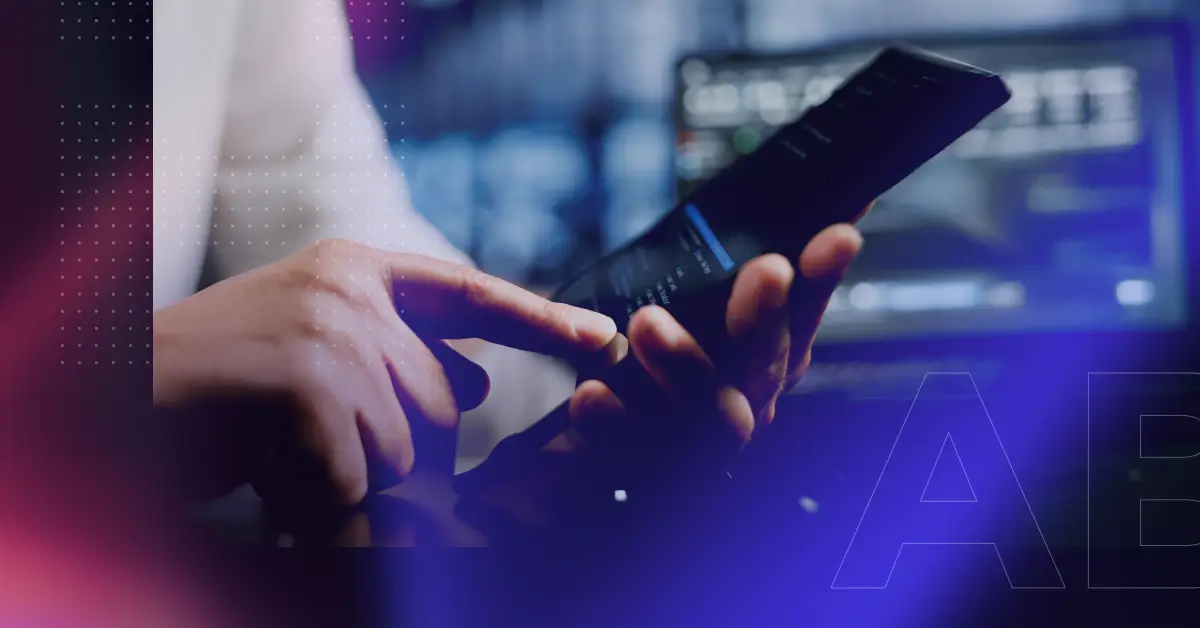
AB Handshake Considered by FCC in Closing the Non-IP Caller ID Authentication Gap
News
Share
The Federal Communications Commission (FCC) has issued a Notice of Proposed Rulemaking (NPRM) to address a critical gap in the U.S. telecom system: the absence of caller ID authentication in non-IP voice networks. While the STIR/SHAKEN framework is being implemented to combat illegal robocalls and spoofing, it applies only to IP-based networks, such as SIP and VoLTE. This leaves legacy, non-IP portions of the telephone network (e.g., 2G and 3G) exposed to exploitation by bad actors. To address this shortfall, the FCC is now exploring effective caller ID authentication methods for non-IP traffic, aiming to extend protection across the entire voice network infrastructure.
Core Issues Addressed
- STIR/SHAKEN, the mandated caller ID authentication protocol, has been successful in IP-based networks but fails when calls pass through non-IP (circuit switched) networks, stripping critical authentication information.
- The TRACED Act requires all voice service providers to implement effective caller ID authentication solutions, including for non-IP systems.
- Many providers still rely on 2G and 3G legacy systems (TDM and SS7), and upgrading to all-IP networks (LTE, 4G, 5G) is not yet universal or economically feasible.
Proposed Solutions & Timeline
The FCC proposes:
- Mandating implementation of non-IP authentication frameworks where STIR/SHAKEN cannot be applied.
- Establishing evaluation criteria to determine if a framework is developed, reasonably available, and effective.
- Considering three non-IP standards published by ATIS, specifically:
- In-Band Authentication
- Out-of-Band Multiple STI-CPS Authentication
- Out-of-Band Agreed STI-CPS Authentication
The FCC plans to give providers a two-year transition period to either fully upgrade to IP or implement a certified non-IP authentication framework.
AB Handshake Call Validation
AB Handshake has been cited as one of the proprietary out-of-band validation frameworks submitted for consideration as a caller ID authentication solution for non-IP traffic. It is being evaluated alongside other industry-developed standards, including those from ATIS and IETF. This FCC recognition indicates that AB Handshake will be considered seriously as a viable framework and could assist service providers in meeting compliance requirements without a full transition to IP protocols.
The FCC notes:
- AB Handshake had previously submitted its technology for review.
- At least two commenters (Aureon and Cloud Communications Alliance) stated that AB Handshake’s solution “meets the Commission’s standards for effectiveness.”
- The Commission is considering whether to include AB Handshake and similar proprietary frameworks in its evaluation of effective non-IP authentication solutions under the TRACED Act.
AB Handshake is directly relevant to this FCC initiative due to its alignment with both the technical and policy-related objectives:
1. Closing the Non-IP Authentication Gap
AB Handshake's Call Validation model operates independently of IP constraints, validating calls through a cross-network handshake between originating and terminating providers. This makes it technically viable in non-IP environments where STIR/SHAKEN data is lost.
2. Real-Time Verification vs. Signature-Based Logging
Unlike signature-based methods that rely on encryption and storage (including STIR/SHAKEN or STI-CPS models), AB Handshake validates call metadata at both endpoints in real time, with no dependence on whether the transmission uses IP, TDM, or hybrid protocols.
3. Vendor-Agnostic and Scalable
The FCC emphasizes the importance of vendor-neutral and scalable solutions across different network configurations. AB Handshake solutions can be cloud-based or on-premises, are interoperable, and do not require network overhauls or changes to routing.
4. Breaking the Economic Model of Fraud
The FCC’s broader goal is to eliminate the financial incentives behind spoofing and robocalls. AB Handshake accomplishes this by preventing fraudulent calls from being completed at all—nullifying their economic value in real time.
5. Regulatory Compatibility
AB Handshake supports regulatory mandates by offering verifiable, standards-aligned call integrity mechanisms. These serve as effective alternatives to STIR/SHAKEN in non-IP settings—particularly on rural and international routes where full IP transition is years away.
Final Takeaway
The FCC is moving toward mandating the use of non-IP caller ID authentication frameworks to fill the critical gap left by STIR/SHAKEN. AB Handshake Call Validation stands out as a practical, operational, out-of-band authentication solution that:
- Functions across IP and non-IP environments
- Prevents fraud before it reaches users
- Meets the FCC’s proposed criteria for effectiveness, availability, and scalability
As such, AB Handshake is well-positioned to play a key role in U.S. telecom fraud mitigation policy—particularly in protecting legacy circuit-switched network traffic that can’t yet migrate to IP protocols like SIP and VoLTE.
Reference:
April 7, 2025
FCC FACT SHEET*
Closing the Non-IP Caller ID Authentication Gap
Call Authentication Trust Anchor
Notice of Proposed Rulemaking – WC Docket No. 17-97